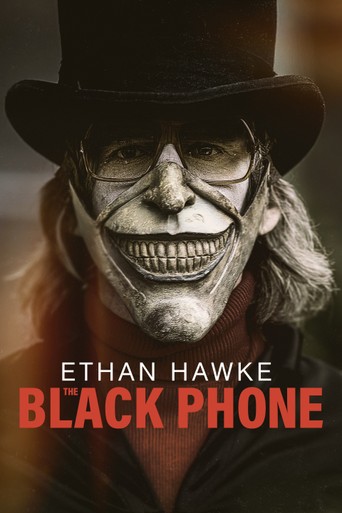
This took months of intensive research and development. We had to modify the transmission of the video in order to accommodate the filming of the video sections in the film, all that work with Vanity in the Seventh Heaven sequences.
#The last dragon movie budget expensive professional#
Video consultant Charles Anzalone explained, “We used three professional Sony Betacam players, the only three of their kind in the world, especially developed for this movie. This and other dual screen performances made use of new, custom video technology, which accounted for roughly 10% of the final budget.
#The last dragon movie budget expensive plus#
Prominently featured in The Last Dragon is the embedded music video for DeBarge’s debut of “Rhythm of the Night”, which serves as the backdrop to a Soul-Train inspired dance party. on production budget, plus 150 on global P&A (most of it for China/Japan where tv spots are very expensive) to break even it would. For choreography, Schultz recruited a well-respected Broadway talent in Lester Wilson.

Schultz, borrowing from recent developments in concert performances, resolved to have major set pieces shot in front of a thirty-foot screen that would play live alongside onstage action. Their now notorious Santa Claus slasher Silent Night, Deadly Night (1984) was pulled from theaters two weeks after release, BUT it raked in almost three times its meager budget in the first week alone. On the flip side of that coin, TriStar was also experienced in handling controversy by the time they took a chance on The Last Dragon. It netted the company seven Oscar nominations that year, winning for Best Actress (Sally Field) and Best Original Screenplay. The studio experienced some noteworthy success early on with Places in the Heart (1984), a star-studded family drama that featured the likes of Sally Field, Ed Harris, Danny Glover, and John Malkovich. Their first production was The Natural (1984), starring Robert Redford**. Many of TriStar’s early films banked on alternative distribution channels, such as VHS and television broadcast to recoup their upfront costs. It was a three-way venture started in 1982 that pooled the assets of Columbia Pictures, CBS, and HBO. TriStar was the first new major studio since the founding of RKO in 1928.

His success with The Learning Tree (1969) was a milestone that helped to validate the viability of Black-focused filmmaking to Hollywood, paving the way for the most productive decade of Black filmmaking in the United States: the '70s. He not only wrote the novel and script, but also scored the film, served as a producer, and oversaw every nearly every aspect of production.

Parks handled the daunting task admirably, all while under constant studio supervision because of the color of his skin. Further expanding the possibilities of changing trends in industry practices, Warner Brothers became the first studio to hire a Black director, Gordon Parks, to helm a feature on a modest budget. In relinquishing studio control to a newer generation of maverick artists, Hollywood began to realize much bigger returns on smaller budgets. America’s “New Hollywood” began to emerge in a recognizable way during the late 1960s, with films such as Who’s Afraid of Virginia Woolf? (1966), Bonnie and Clyde (1967), The Graduate (1967), and Easy Rider (1969).


 0 kommentar(er)
0 kommentar(er)
